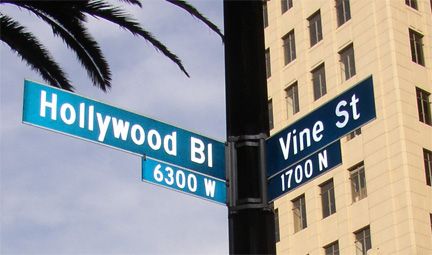A Modell of Christian Charity
(1630)
Collections of the Massachusetts Historical Society
(Boston, 1838), 3rd series 7:31-48.)
Hanover Historical Texts Project
Scanned by Monica Banas, August 1996. Not yet proofread.
WRITTEN ON BOARD THE ARBELLA, ON THE ATLANTIC OCEAN.
[Page 33] By the Hon. John Winthrop Esqr. In his passage (with a great company of Religious people, of which Christian tribes he was the Brave Leader and famous Governor

from the Island of Great Brittaine to New-England in the North America. Anno 1630.
CHRISTIAN CHARITIE.
A Modell hereof.
GOD ALMIGHTY in his most holy and wise providence, hath soe disposed of the condition of' mankind, as in all times some must be rich, some poore, some high and eminent in power and dignitie; others mean and in submission.....
Now the onely way to avoyde this shipwracke, and to provide for our posterity, is to followe the counsell of Micah, to doe justly, to love mercy, to walk humbly with our God. For this end, wee must be knitt together, in this worke, as one man. Wee must entertaine each other in brotherly affection. Wee must be willing to abridge ourselves of our superfluities, for the supply of other's necessities. Wee must uphold a familiar commerce together in all meekeness, gentlenes, patience and liberality. Wee must delight in eache other; make other's conditions our oune; rejoice together, mourne together, labour and suffer together, allwayes haueving before our eyes our commission and community in the worke, as members of the same body.....
Wee shall finde that the God of Israell is among us, when ten of us shall be able to resist a thousand of our enemies; when hee shall make us a prayse and glory that men shall say of succeeding plantations, "the Lord make it likely that of New England."
For wee must consider that wee shall be as a citty upon a hill. The eies of all people are uppon us. Soe that if wee shall deale falsely with our God in this worke wee haue undertaken, and soe cause him to withdrawe his present help from us, wee shall be made a story and a by-word through the world. Wee shall open the mouthes of enemies to speake evill of the wayes of God, and all professors for God's sake. Wee shall shame the faces of many of God's worthy servants, and cause theire prayers to be turned into curses upon us till wee be consumed out of the good land whither wee are a goeing.




